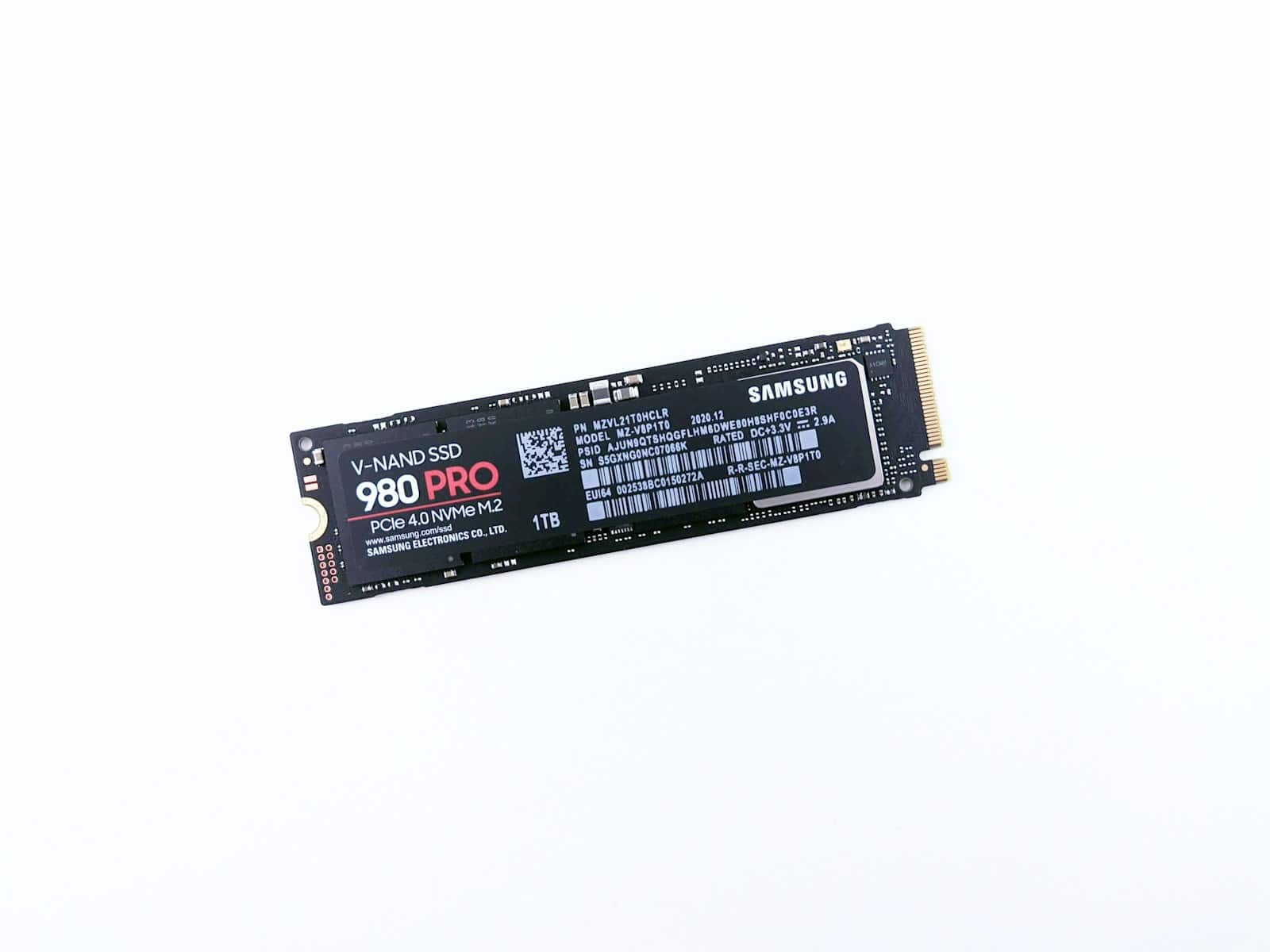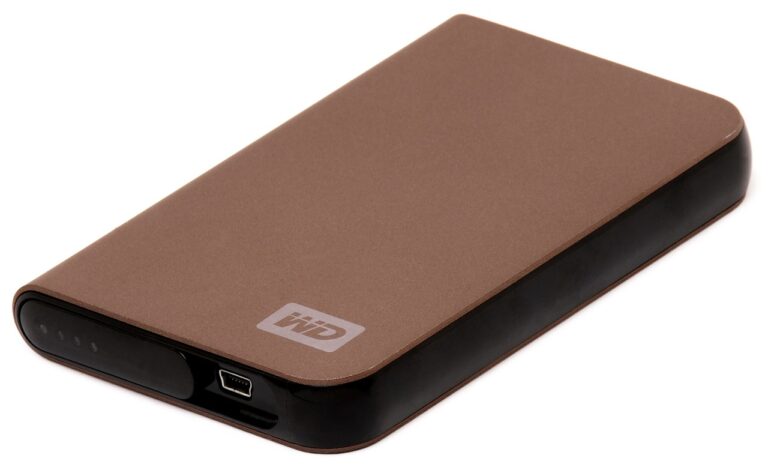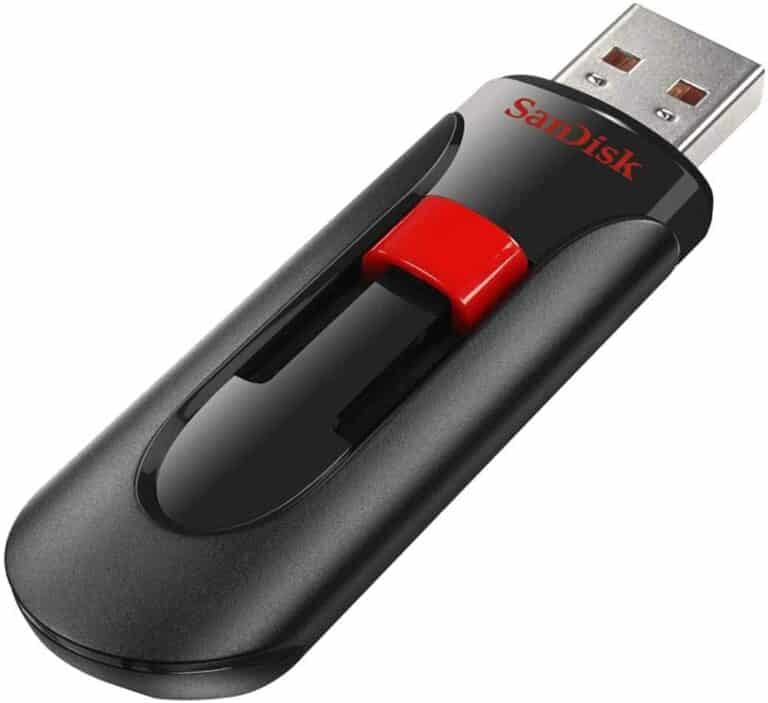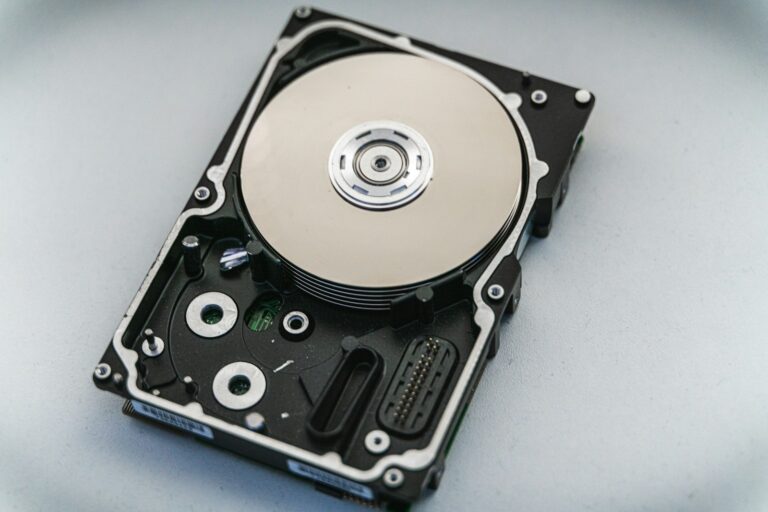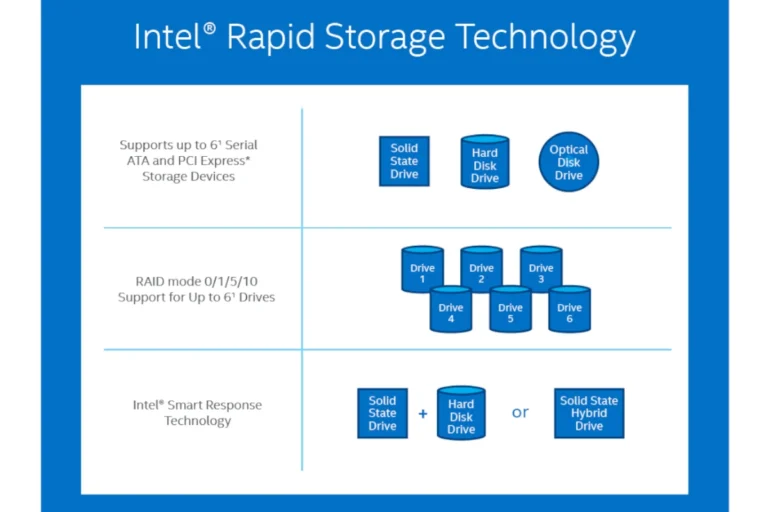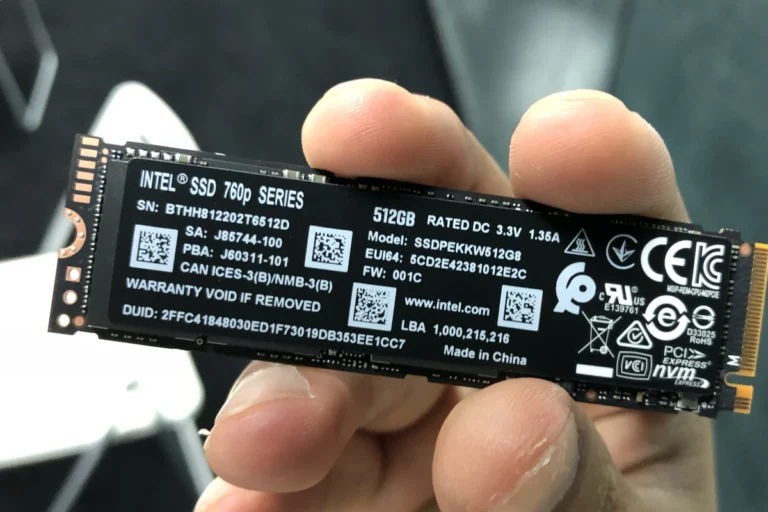When choosing between an SSD (Solid State Drive) and an HDD (Hard Disk Drive), understanding the key features of each is vital. SSDs, known for their lack of moving parts, offer greater durability and faster access to data, making them a popular choice for intensive tasks and mobile devices. On the other hand, HDDs, with their spinning disks and reading heads, are the traditional storage devices, often favored for their larger storage capacity and cost-effectiveness.
Selecting the right storage option for a computer can have a significant impact on its performance and efficiency. For users with higher speed requirements, such as those running complex software or gaming, SSDs may be the better option despite their higher cost. Conversely, those who need substantial storage for files and applications without high-speed demands might prefer the affordability of an HDD. Balancing cost, capacity, and performance is crucial for making an appropriate choice for one’s specific needs.
SSD (Solid State Drive) vs HDD (Hard Disk Drive)
| Feature | SSD (Solid State Drive) | HDD (Hard Disk Drive) |
|---|---|---|
| Storage Technology | Uses interconnected flash memory chips to store data. No moving parts. | Uses spinning magnetic platters and a read/write head to store data. |
| Speed | Significantly faster read/write speeds than HDDs. | Slower read/write speeds due to mechanical components. |
| Durability | More durable and shock-resistant due to no moving parts. | Susceptible to damage from physical shock and drops. |
| Noise | Virtually silent operation. | Produces some noise due to spinning platters. |
| Power Consumption | Consume less power than HDDs. | Consume more power than SSDs. |
| Cost | Typically more expensive per gigabyte. | More affordable per gigabyte. |
| Capacity | Commonly available in smaller capacities (up to a few terabytes) | Offer larger capacities for storing massive amounts of data. |
Best Uses:
- SSD: Ideal for operating systems, frequently used applications, gaming, and tasks requiring fast data access.
- HDD: Excellent for bulk data storage, backups, and applications where cost is a primary concern and speed is less critical.
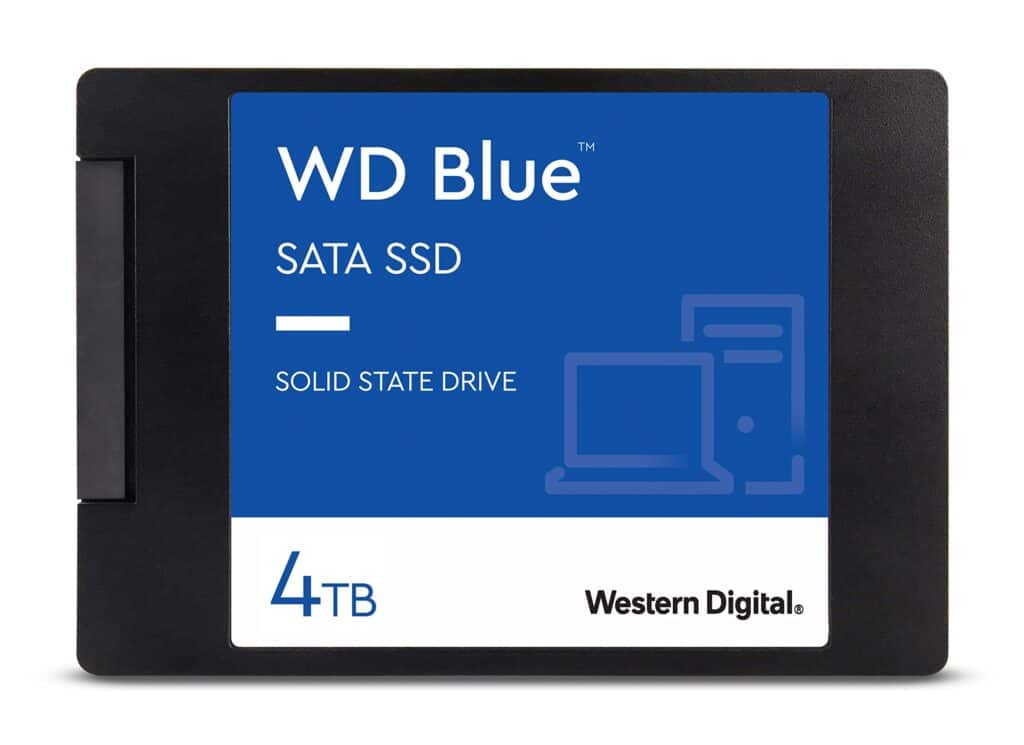
Key Takeaways
- SSDs excel in speed and durability, while HDDs offer more storage at a lower cost.
- The choice between SSD and HDD should be based on individual needs for speed, capacity, and budget.
- Understanding the distinct features of SSDs and HDDs aids in selecting the most suitable storage solution.
Understanding SSDs and HDDs
In this section, we compare two main types of storage: SSDs (solid-state drives) and HDDs (hard disk drives). We’ll look at how they work, their speed and performance, and the differences in cost and storage capacity.
Technology and Architecture
SSDs store data on flash memory cells which work without any moving parts. These memory cells are structured in blocks within the SSD. NAND is the type of flash memory standard most SSDs use. Unlike SSDs, HDDs store data on magnetic platters that rotate. A moving component known as a read/write head on an actuator arm accesses the data.
- SSD: No moving parts, uses NAND flash memory.
- HDD: Has moving parts, stores data on magnetic platters.
Performance and Speed
Performance and speed are critical for storage drives. SSDs shine in this respect as they can access data much faster than HDDs. They often contribute to a snappier and more responsive system. This is because SSDs access data in blocks rather than in sectors as HDDs do, which requires the actuator arm to move to the correct position on the platter to read or write data.
| Drive Type | SSD | HDD |
|---|---|---|
| Speed | High (Data accessed in blocks) | Slower (Data accessed in sectors) |
Capacity and Cost
When it comes to storage capacity, HDDs usually offer more gigabytes per dollar, making them attractive for large data storage needs. SSDs, being more expensive per gigabyte, are typically chosen for their speed rather than for mass storage.
- HDDs: More affordable, offer more storage for less money.
- SSDs: Higher cost, less storage space for the same price.
In simple terms, if you need a lot of storage and have a limited budget, an HDD might be the right choice. If you’re looking for speed and performance, an SSD is the way to go.
Choosing the Right Storage Option
When picking the right storage for your device, it is essential to consider factors such as the physical size, how you’ll use it, and the device’s expected life.
Form Factors and Compatibility
Modern storage comes in various shapes and sizes known as form factors. Solid-state drives (SSDs) often come in 2.5-inch, m.2, and PCIe versions. Hard disk drives (HDDs) usually are found in 3.5-inch and 2.5-inch sizes for desktops and laptops, respectively. A computer’s motherboard dictates the suitable form factor and interface; SATA and NVMe are common interfaces for SSDs, the latter being faster. Before buying, check your device’s compatibility with these standards.
Usage Scenarios and Workflow
Storage choice heavily depends on how you plan to use your device. SSDs, with their high speed, are preferable for tasks needing rapid data access such as gaming or video editing. For general computer use like browsing the web and office applications, a traditional HDD might suffice and be more cost-effective, especially for larger storage needs. Hybrid drives or SSHDs can offer a balance, combining HDD’s larger storage with SSD’s better performance.
Longevity and Durability
SSDs are known for their durability as they have no moving parts, reducing wear and tear compared to HDDs which use mechanical parts. This makes SSDs a reliable option with a higher lifespan, particularly important for mobile devices like laptops that move around a lot. HDDs are more cost-effective but also more vulnerable to physical damage, meaning they may not last as long. Assessing your budget and requirement for reliability will help narrow down the right storage option for you.
Frequently Asked Questions
When picking the right storage for a computer, people often have questions about the differences between Solid State Drives (SSDs) and Hard Disk Drives (HDDs). This section aims to address key questions focusing on speed, lifespan, pros and cons, gaming performance, and the use of SSDs and HDDs as external drives.
What is the difference in speed between SSDs and HDDs?
SSDs boast significantly higher read and write speeds than HDDs. They enable quicker file access and data transfer which can be markedly faster, sometimes up to multiple times quicker, compared to HDDs. This speed difference makes SSDs a favorite for tasks that benefit from fast performance.
How do HDD and SSD lifespans compare?
SSDs generally have a shorter lifespan than HDDs due to a limited number of write cycles. Despite this, modern SSDs include technologies to manage wear, thus extending their useful life. HDDs, on the other hand, have moving parts that can fail over time, particularly with rough use.
What are the pros and cons of SSDs versus HDDs?
SSDs offer better performance, with faster read/write speeds, less power consumption, and higher shock resistance than HDDs. However, they tend to be more expensive per gigabyte and hold less data. HDDs are more cost-effective for storing large amounts of data but are slower and more susceptible to physical damage.
What benefits does an SSD provide for gaming compared to an HDD?
An SSD may significantly reduce game load times and improve overall system responsiveness during gaming. Faster data access means games install, boot, and load faster compared to using an HDD. This can enhance the gaming experience by minimizing delays and in-game stuttering.
What are the primary differences when considering an SSD and HDD for an external hard drive?
An external SSD is lighter, more durable, and faster, making it ideal for transporting data and quick access on the go. External HDDs are slower but offer more storage capacity for a lower price, which may be important for large backups or expansive media collections.
What are the main disadvantages of using an SSD?
SSDs come at a higher cost per gigabyte than HDDs, which may make them less appealing for budget-conscious users needing high storage capacity. Also, data recovery can be more difficult on SSDs than HDDs in the event of drive failure.

